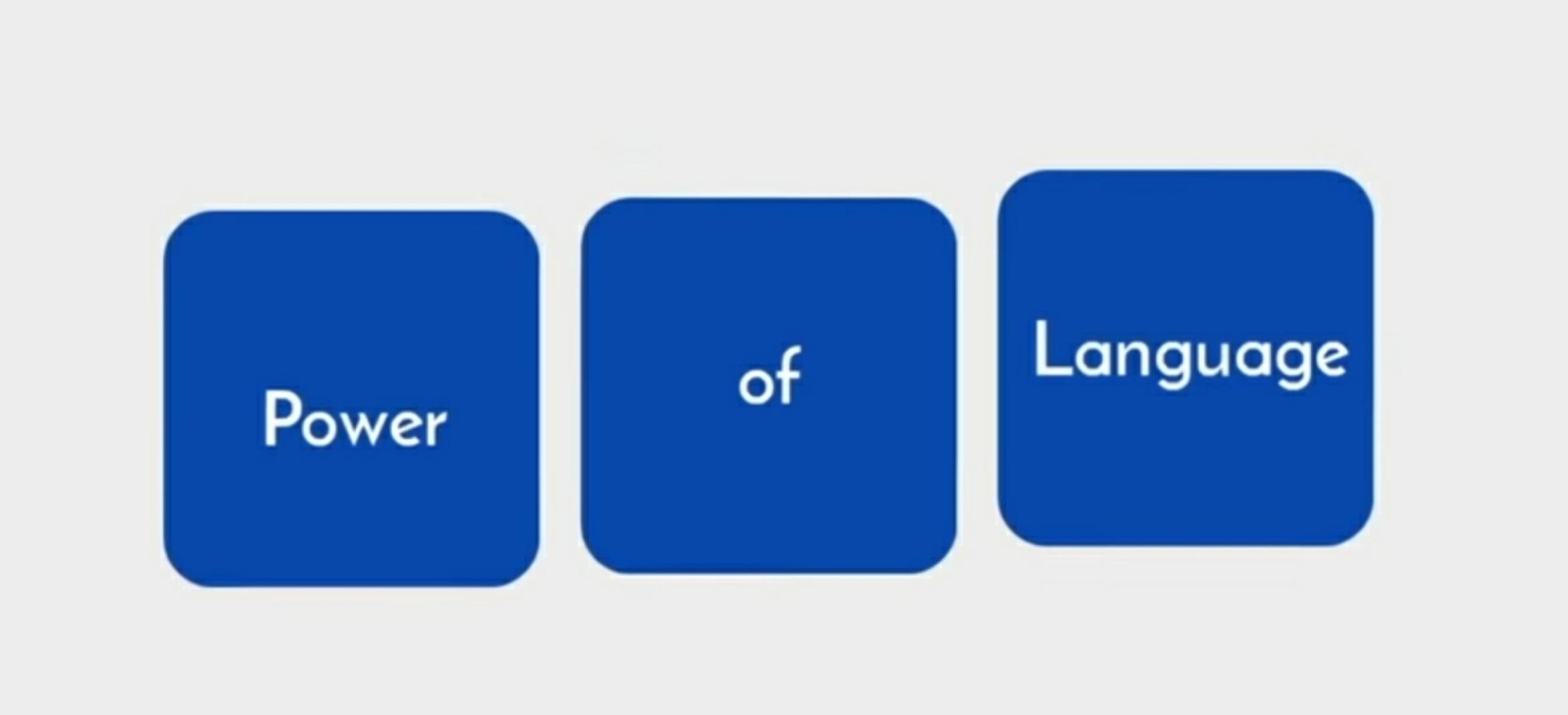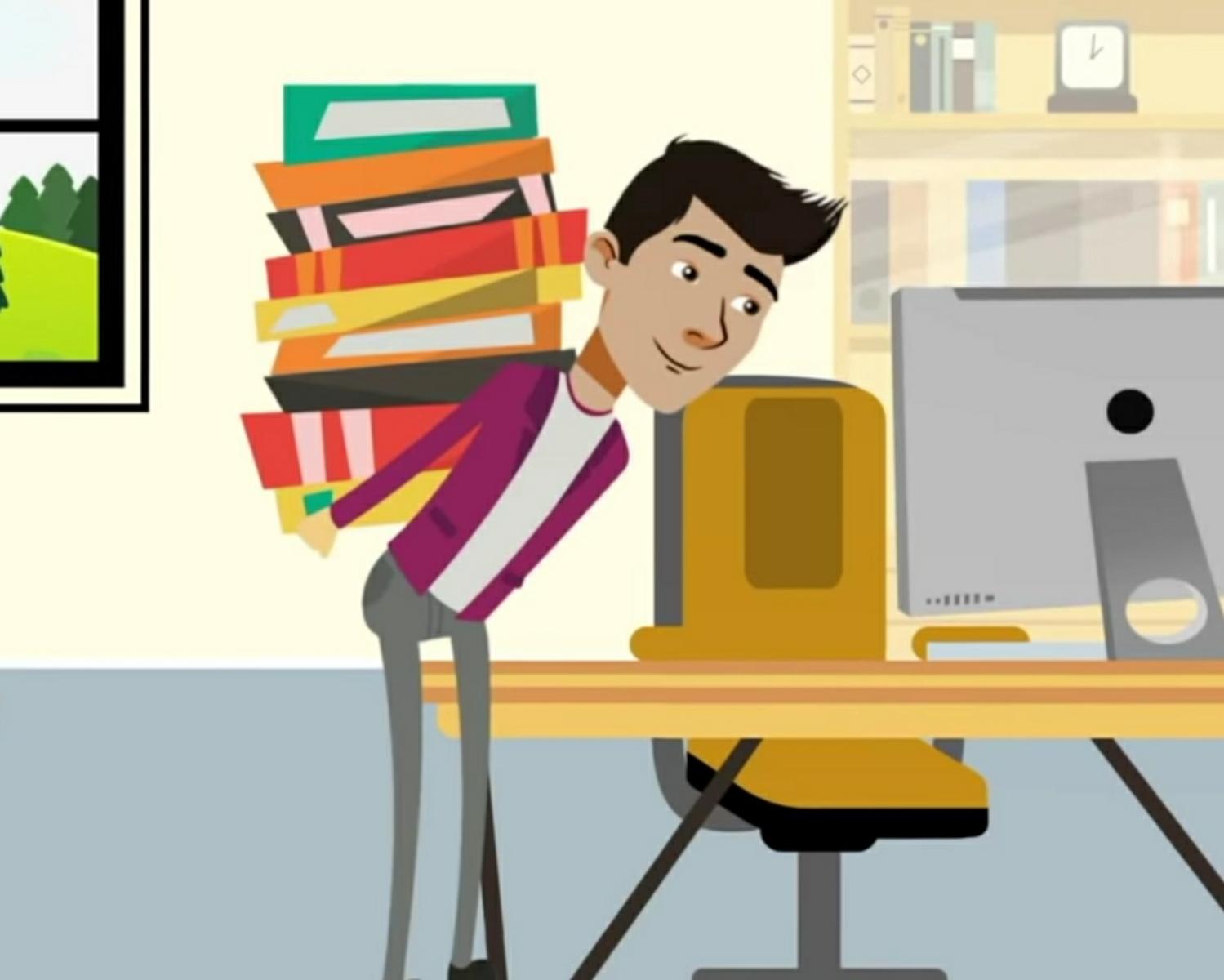How to STUDY When You DON'T FEEL LIKE IT!
Curated from: Med School Insiders
Ideas, facts & insights covering these topics:
5 ideas
·2.9K reads
27
Explore the World's Best Ideas
Join today and uncover 100+ curated journeys from 50+ topics. Unlock access to our mobile app with extensive features.
Systems produce results.
Relying on motivation, inspiration, being energized, or any other fleeting emotion will not sustain you and not deliver the results that you desire.
It’s the system that delivers the results.
93
1.03K reads
Step 1| Audit Yourself
You must first objectively examine your own habits and systems to figure out in what ways you can optimize most effectively.
You can keep a journal or open up a note on your phone and jot down what you are doing and how you’re feeling over the course of a day.
- Who are you studying with?
- When did you eat?
- When did you try to study?
- When did you begin feeling like you were just over it?
Doing this for a couple days will give you a better view of your current systems and pain points.
96
491 reads
Step 2| Use the Power of Language
Here are some ways to implement it:
- When you tell yourself “I don’t feel like studying” say out loud “so what?" which will snap you out of this limiting mindset.
- Use the word “and” instead of “but” when facing your problems.
When you say “I have to study for my midterm, BUT I’m tired and I don’t feel like studying”, you’re limiting your potential options of action.
However, when you say “I have to study for my midterm AND I don’t feel like studying”, you have two separate phrases and the second one doesn’t negate the first.
97
486 reads
Step 3| Lower the Activation Energy
- Create Small Sub-tasks: Once you think you’ve made it small, make it even smaller than that.
- Decrease the Time Commitment: Use the Pomodoro Technique.
- Choose Easy Tasks to Build Momentum
- Lower your Expectations: This one applies to creative works, such as writing an essay. Tell yourself you’re not writing an essay, just one sentence. And you’re not writing for 1 hour, just for 3 minutes. Intentionally tell yourself that you’re going to write something bad.
101
455 reads
Step 4| Add some spice
- Vary the type of studying or Subject.
- Incentivize Yourself with Rewards: Find something you’re looking forward to, and tell yourself you’ll be able to do it immediately after you finish your task.
- Move: It has two benefits. First, physically moving your body around with walking or some light exercise is a highly effective way to reset and get into a better mindset, ready for work. Second, moving to a new location can provide enough of a novel stimulus to get you out of the rut & build momentum.
88
435 reads
IDEAS CURATED BY
Aaditya 's ideas are part of this journey:
Learn more about timemanagement with this collection
How to set achievable goals
How to prioritize self-care
How to create healthy habits
Related collections
Similar ideas
11 ideas
Exercise, Heat, Cold & Other Stressors for Longevity | Episode 3
Lifespan with Dr. David Sinclair
7 ideas
17 ideas
Read & Learn
20x Faster
without
deepstash
with
deepstash
with
deepstash
Personalized microlearning
—
100+ Learning Journeys
—
Access to 200,000+ ideas
—
Access to the mobile app
—
Unlimited idea saving
—
—
Unlimited history
—
—
Unlimited listening to ideas
—
—
Downloading & offline access
—
—
Supercharge your mind with one idea per day
Enter your email and spend 1 minute every day to learn something new.
I agree to receive email updates





